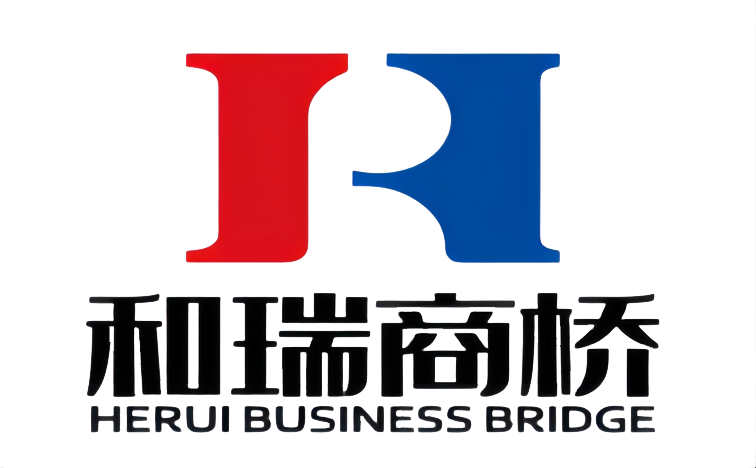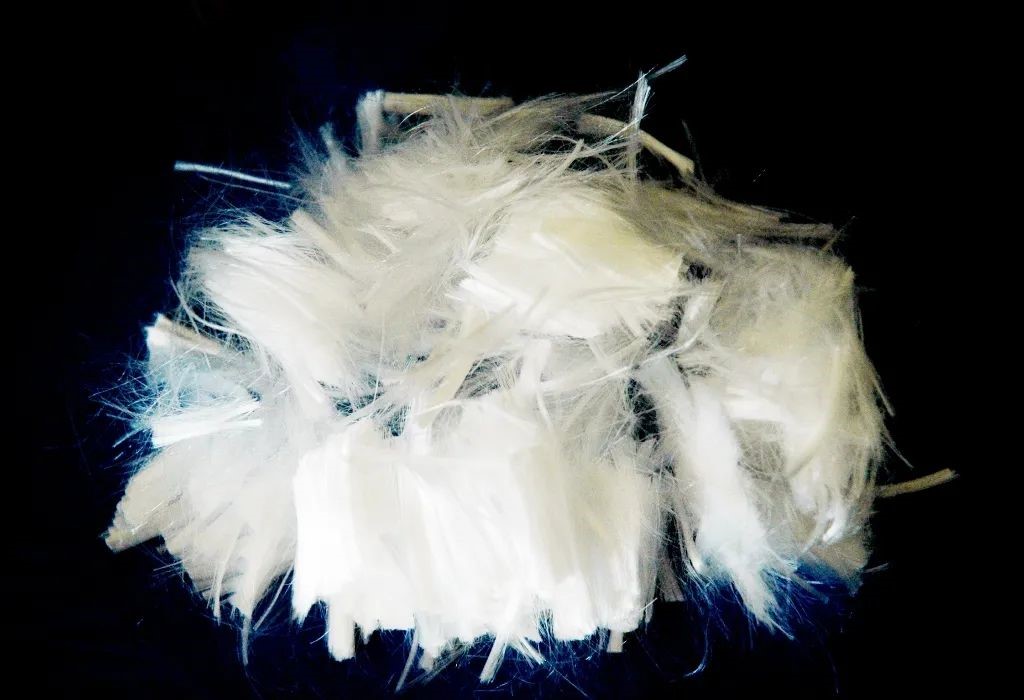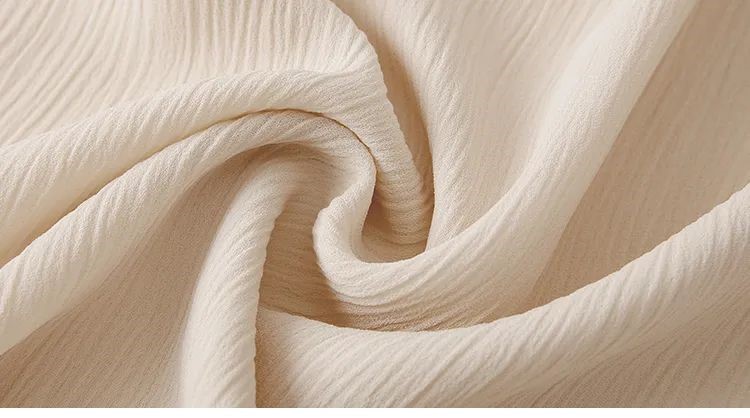Nowadays, polyester fibers account for a large part of the clothing fabrics that people wear. In addition, there are acrylic fibers, nylon fibers, spandex, etc. Polyester fiber, commonly known as “polyester”, which was invented in 1941, is the largest variety of synthetic fibers. The biggest advantage of polyester fiber is that it has good wrinkle resistance and shape retention, high strength and elastic recovery ability, and it is firm and durable, wrinkle resistant and non ironing, and does not stick wool, which is also the main reason why modern people like to use it.
Polyester fiber can be spun into polyester staple fiber and polyester filament. Polyester staple fiber, namely polyester staple fiber, can be divided into cotton staple fiber (38mm in length) and wool staple fiber (56mm in length) for blending with cotton fiber and wool. Polyester filament, as a clothing fiber, its fabric can achieve the effect of wrinkle free and iron free after washing.
The advantages of polyester:
1. It has high strength and elastic recovery ability, so it is firm and durable, wrinkle resistant and iron free.
2. Its light resistance is good. In addition to being inferior to acrylic fiber, its light resistance is better than that of natural fiber fabrics, especially after glass fiber, its light resistance is almost equal to that of acrylic fiber.
3. Polyester (polyester) fabric has good resistance to various chemicals. Acid and alkali have little damage to it. At the same time, it is not afraid of mold and moth.
The disadvantages of polyester:
1. Poor hygroscopicity, weak hygroscopicity, easy to feel stuffy, poor melting resistance, easy to absorb dust, due to its texture;
2. Poor air permeability, not easy to breathe;
3. The dyeing performance is poor, and it needs to be dyed with disperse dyes at high temperature.
Polyester fabric belongs to non natural synthetic fiber, which is commonly used in autumn and winter fabrics, but it is not suitable for underwear. Polyester is acid resistant. Use neutral or acidic detergent when cleaning, and alkaline detergent will accelerate the aging of the fabric. In addition, polyester fabric generally does not require ironing. Low temperature steam ironing is OK.
Now many garment manufacturers often blend or interweave polyester with various fibers, such as cotton polyester, wool polyester, etc., which are widely used in various clothing materials and decorative materials. In addition, polyester fiber can be used in industry for conveyor belt, tent, canvas, cable, fishing net, etc., especially for polyester cord used for tires, which is close to nylon in performance. Polyester can also be used as electrical insulating material, acid resistant filter cloth, medical industrial cloth, etc.
Which fibers can polyester fiber be blended with as a textile material, and which fabrics are commonly used?
Polyester fiber has high strength, high modulus, low water absorption, and is widely used as civil and industrial fabrics. As a textile material, polyester staple fiber can be pure spun or blended with other fibers, either with natural fibers such as cotton, hemp, wool, or with other chemical staple fibers such as viscose fiber, acetate fiber, polyacrylonitrile fiber, etc.
Cotton like, wool like and linen like fabrics made of pure or blended polyester fibers generally have the original excellent properties of polyester fibers, such as wrinkle resistance and abrasion resistance. However, some of their original shortcomings, such as poor sweat absorption and permeability, and easy melting into holes when encountering sparks, can be reduced and improved to a certain extent with the mixing of hydrophilic fibers.
Polyester twisted filament (DT) is mainly used for weaving various silk like fabrics, and it can also be interwoven with natural fiber or chemical staple fiber yarn, as well as silk or other chemical fiber filaments. This interwoven fabric maintains a series of advantages of polyester.
The main variety of polyester fiber developed in China in recent years is polyester textured yarn (mainly low elastic filament DTY), which is different from ordinary filament in that it is high fluffy, large crimp, wool induction, soft, and has a high elastic elongation (up to 400%).
Clothing containing polyester textured yarn has the characteristics of good warmth retention, good covering and drape properties, and soft luster, such as imitation wool cloth, coat, coat and various decorative fabrics, such as curtains, tablecloths, sofa fabrics, etc.
Post time: Sep-27-2022



